You can contact LEARNZ, part of CORE Education, at:
Postal Address:
PO Box 13 678,
Christchurch 8141,
New Zealand
Kia ora koutou
It was warm and sunny day in the capital today. Like yesterday, the ambassadors and I started the day at WREMO – the Wellington Regional Emergency Management Office. We had the web conference first. This was followed by more videos about emergency management and preparedness.
Web conference
It was good to catch up with Dan Neely again. Graham Leonard was busy at GNS but still joined us remotely via the web conference. We met up with him again later for the videos though.
There were more great questions from the listening schools who joined us. Students made use of the fact we had a GNS scientist as one of our experts (Graham) and we had some great discussions around volcanology and suchlike. You can listen to a recording of this morning’s session by clicking on the link found on the web conferences page.
Everybody needs good neighbours
In today’s first video, Dan and Graham were chatting with their neighbour, Dave. It is said that most people are rescued during an emergency by the people who are there at the time. At home, your neighbours are your first and best source of support.
Try and get to know people in your street. You’ll be helping build a friendlier, more resilient community. It’s a good idea to have your neighbours’ contact details in case of an emergency. You might need their help, or they might need yours.
Fix, fasten, don't forget
We had a look around Dan and Graham’s place to see some of the ideas they have for making it safer. Making your home safer will reduce the damage during an earthquake. It might also allow you to stay in your home, even if it is a bit messed up.
We looked under the house to see how the foundations had been made more secure. Then Dan and Graham showed us some simple ideas for securing heavy or tall furniture to the wall. This stops it from falling over during an earthquake. Even simple things like putting blue tack under items that sit on shelves can stop them from falling and breaking. You’ll see what I mean when you watch the video!
A household plan
Do you have a plan? Is there a place where everyone in your family knows to meet at different times of the day if an emergency happens? After a natural hazard emergency, you might not be able to use your phone, send an email or use social media. It is a good idea to plan now for when you can’t communicate.
We discussed some of these ideas while sitting around the dining table with Dan and Graham. Things like talking with your parents about who might pick you up from school if they can’t get there, where you will go to find each other, or places you could stay if you need to.
You should also know how to turn off services like water, power, or gas. If these are damaged after a natural hazard event it can be dangerous.
Camping at home
In today’s final video, Dan talks about the idea of camping at home if you need to. Your house is already full of emergency items disguised as everyday things! The blankets on your bed, the clothes in your closet, and food in the kitchen. They are all useful items you can use in emergencies. Camping equipment like tents, sleeping bags, mattresses, barbeques, may also come in handy during an emergency.
It was fun learning about these practical ideas to help stay safe during an emergency. There are a few things I need to check up on and plans to put in place when I get home. Tomorrow we are going to Island Bay School to see their ShakeOut drill in action.
Talk then,
Andrew
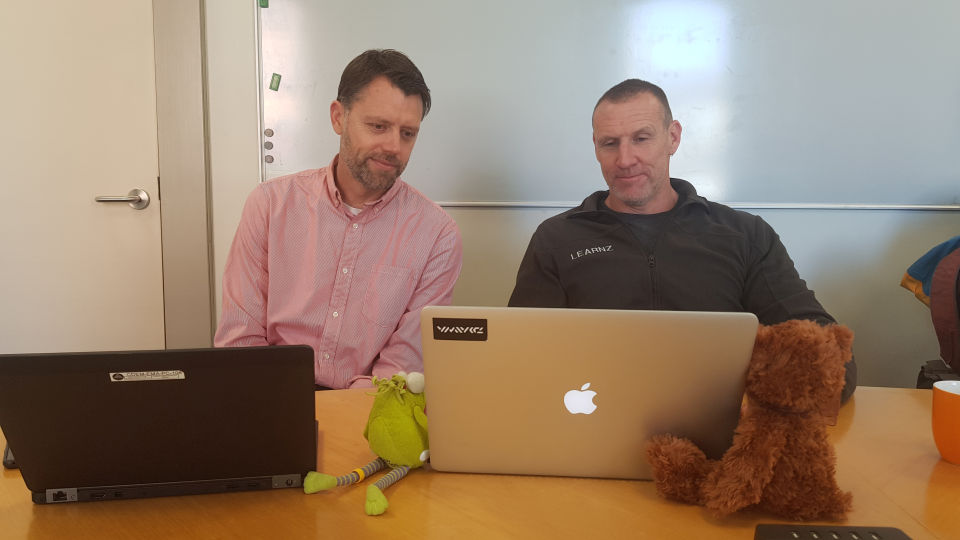
Andrew and the ambassadors with Dan Neely on this morning's web conference. Graham Leonard joined remotely. Image: LEARNZ

Dan and Graham with their neighbour Dave. Why is it a good idea to get to know your neighbours? Image: LEARNZ.
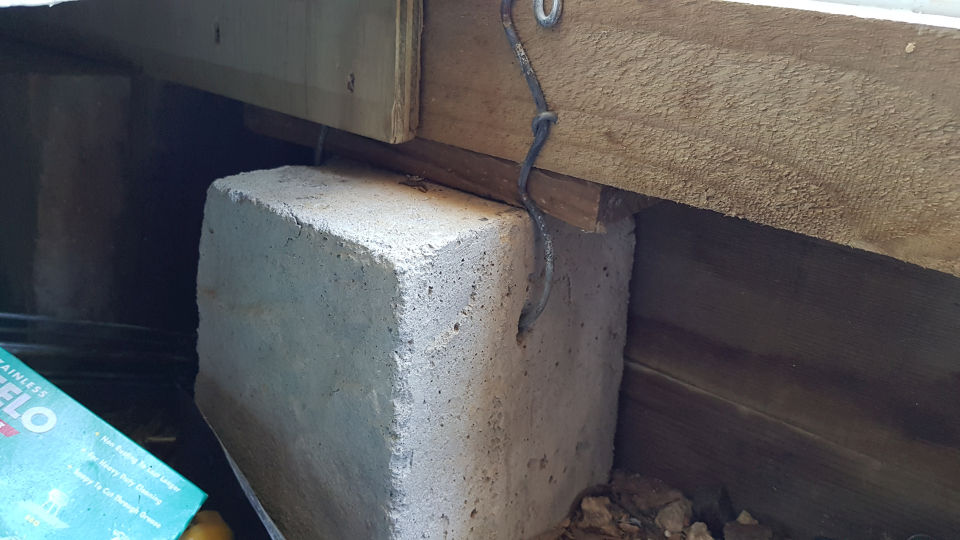
Checking house foundations is a good idea for natural hazard preparedness, especially if it is an older house. Have you ever seen the foundations at your house? Image: LRARNZ.

This joist is attached to a bearer, which in turn is fixed to the pile. You can't see the bearer as it is behind the plywood. I wonder what the pywood is there for. Image: LEARNZ.
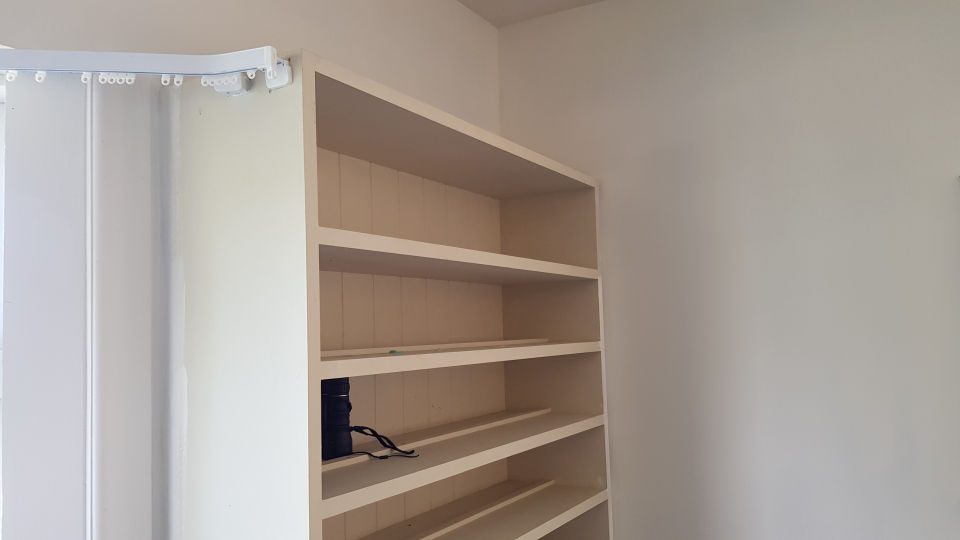
What might happen if tall furniture like this bookcase is not fixed to the wall? Image: LEARNZ.
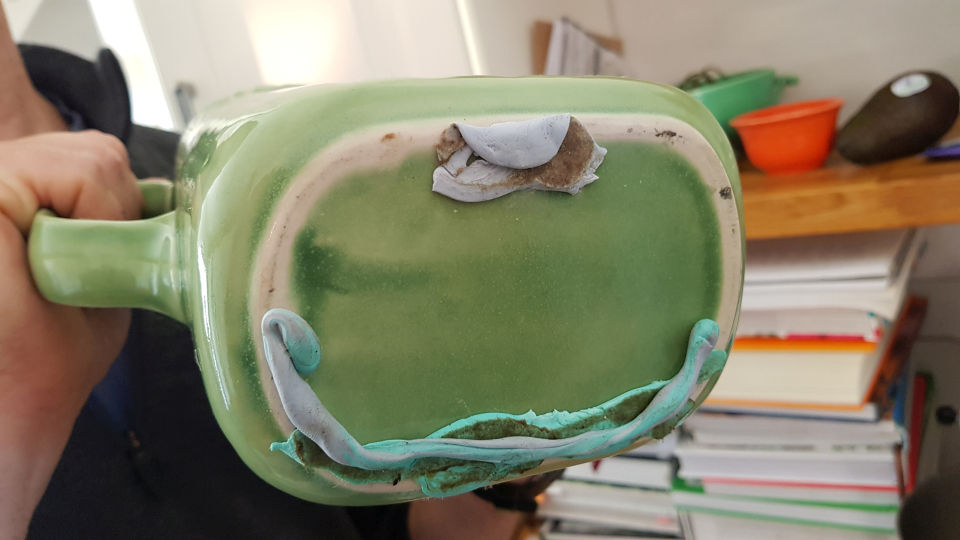
Blue tack on the bottom of ornaments that sit on shelves may prevent breakage during an earthquake. How else can you secure these sorts of items? Image: LEARNZ.

If you are connected to a gas line it pays to know where the connection is if you need to turn it off. Image: LEARNZ.
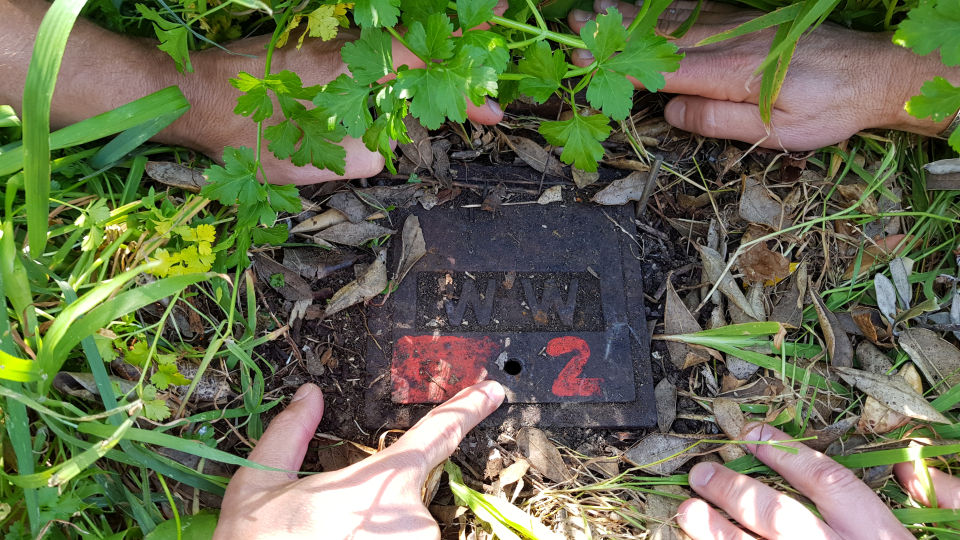
Like gas lines, it is also a good idea to know how to turn the water off if you need to during a natural hazard emergency. What if you are on a tank system? Image: LEARNZ.
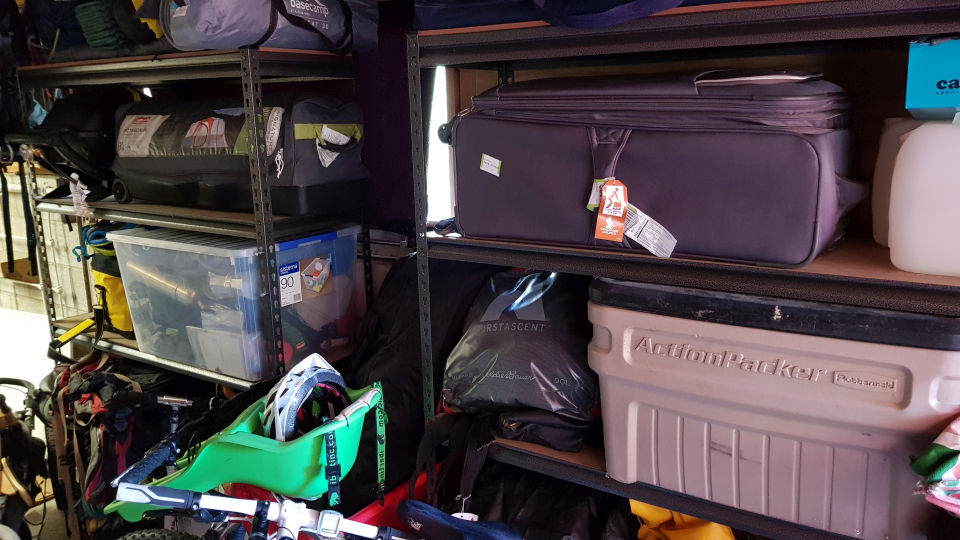
Camping equipment like tents, sleeping bags, mattresses, etc may come in handy during an emergency. Image: LEARNZ.
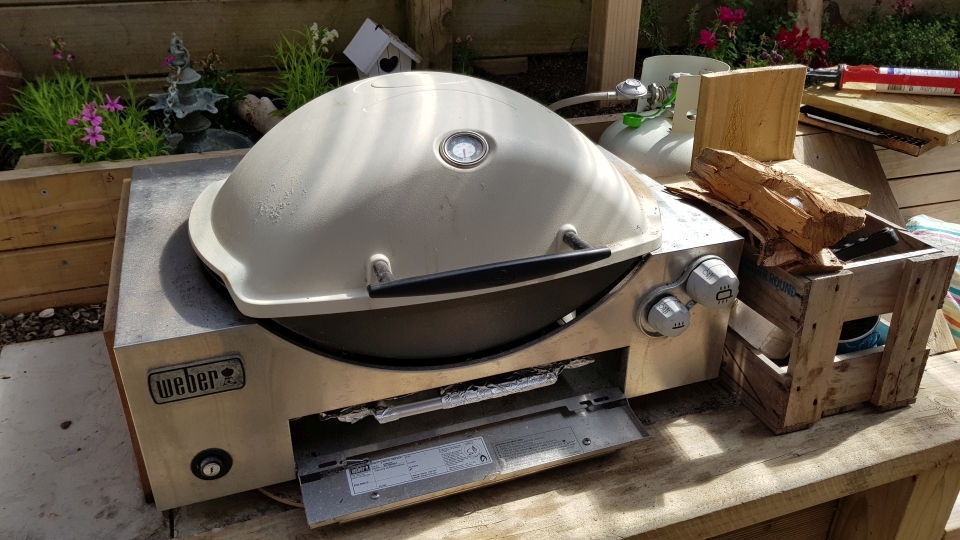
Why might a barbeque be useful during an emergency? Image: LEARNZ.
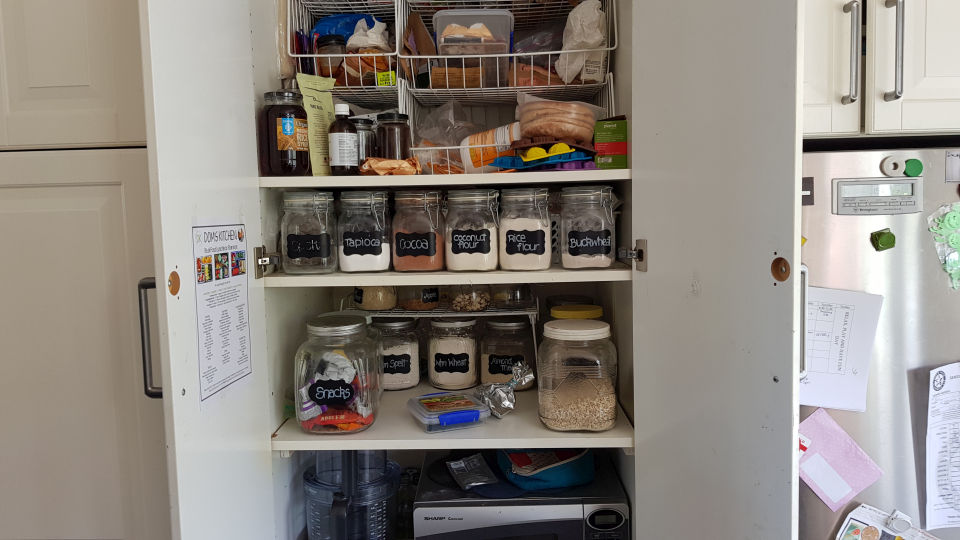
Emergency food items can already be found in your pantry. Do you have enough food to last for about three days or more if needed? Image: LEARNZ.